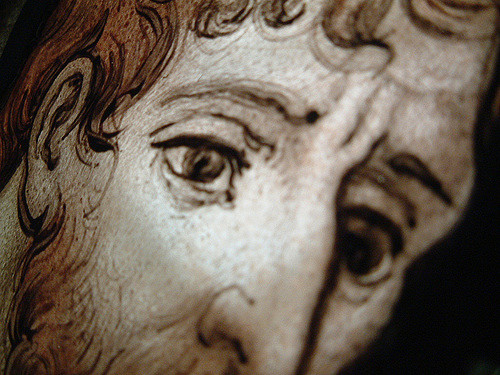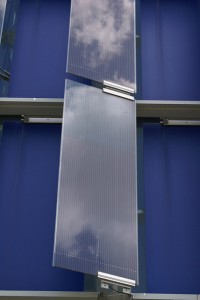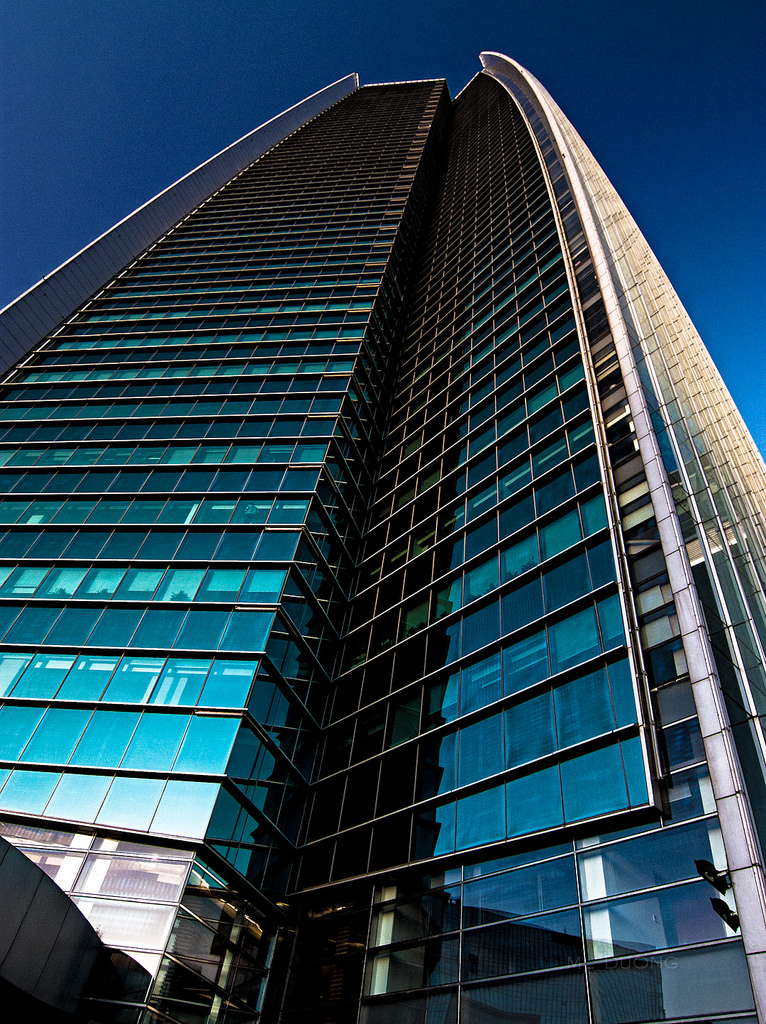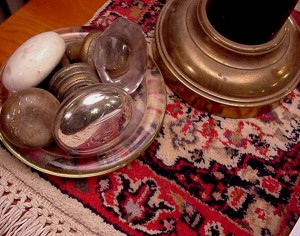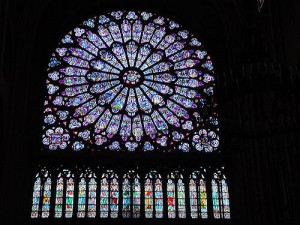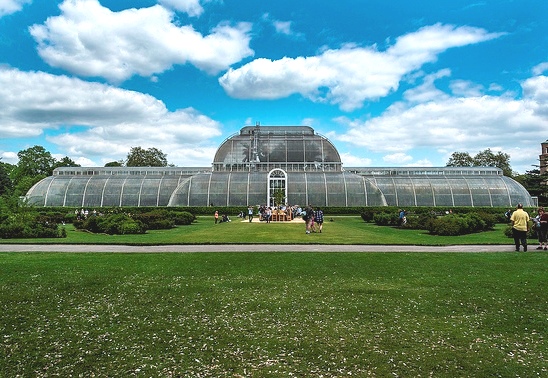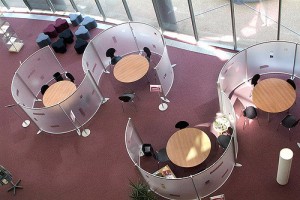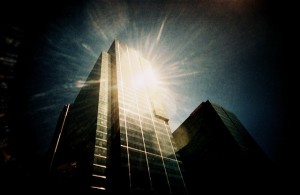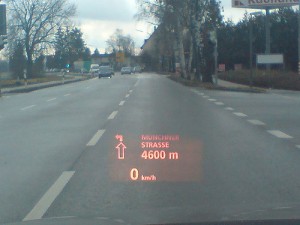Bullseye Glass Targeted Again
Bullseye Glass, the Portland glass furnace at the center of the debate about toxic metals, is in the crosshairs again. This time, the State of Oregon is warning Bullseye about its selenium emissions.
New filtration system in place at Bullseye Glass
Bullseye began working again just this month, following a months-long hiatus from producing stained glass that uses heavy metals like cadmium, arsenic and lead. The company reduced its output to control emissions in February, after readings showed high concentrations of the heavy metals in the air around the plant.
The company installed a filtration system to recapture heavy-metal laced vapors that are produced when the furnace makes certain colors of stained glass. The newest warning comes just weeks after the company resumed full production. According to the state, a recent reading taken from the air around the plant showed selenium in a concentration of 887 nanograms/cu-meter, which exceeds the state’s monitoring trigger of 710 ng/cu-meter.
Since taking the reading, the State of Oregon has asked Bullseye to confirm that it is using no more than 5 pounds of selenium per day, and that it is making the glass only in furnaces that use the new filtration system. State officials believe that the filtration system recently installed should be able to filter selenium emissions from the plant if the producer maintains limited use of selenium.
The State of Oregon does not currently have a maximum allowable limit on selenium emissions, but the Oregon Health Authority and the state’s Department of Environmental Quality are working to develop that standard. While selenium does not cause major health or developmental problems, it can cause respiratory irritation, coughing, bronchitis and breathing problems in exposed individuals.
The Bullseye case is being monitored by the US Environmental Protection Agency and state agencies around the country, which are coping with the same environmental concerns about their own art glass production facilities. The US EPA may release new filtration standards and reduce threshold filtration requirements. That could eliminate the current exemptions in place for small glass producers.
Painted glass is an optional substitute for stained glass. Painted glass is in place in many historic structures and provides a similar effect to stained glass. If you’d like more information about painted glass or glass paint, please visit the rest of our site. If you’d like to purchase Glassprimer™ glass paint, please visit our online store .
Photo Credit: David Bilbo, via Flickr.com

